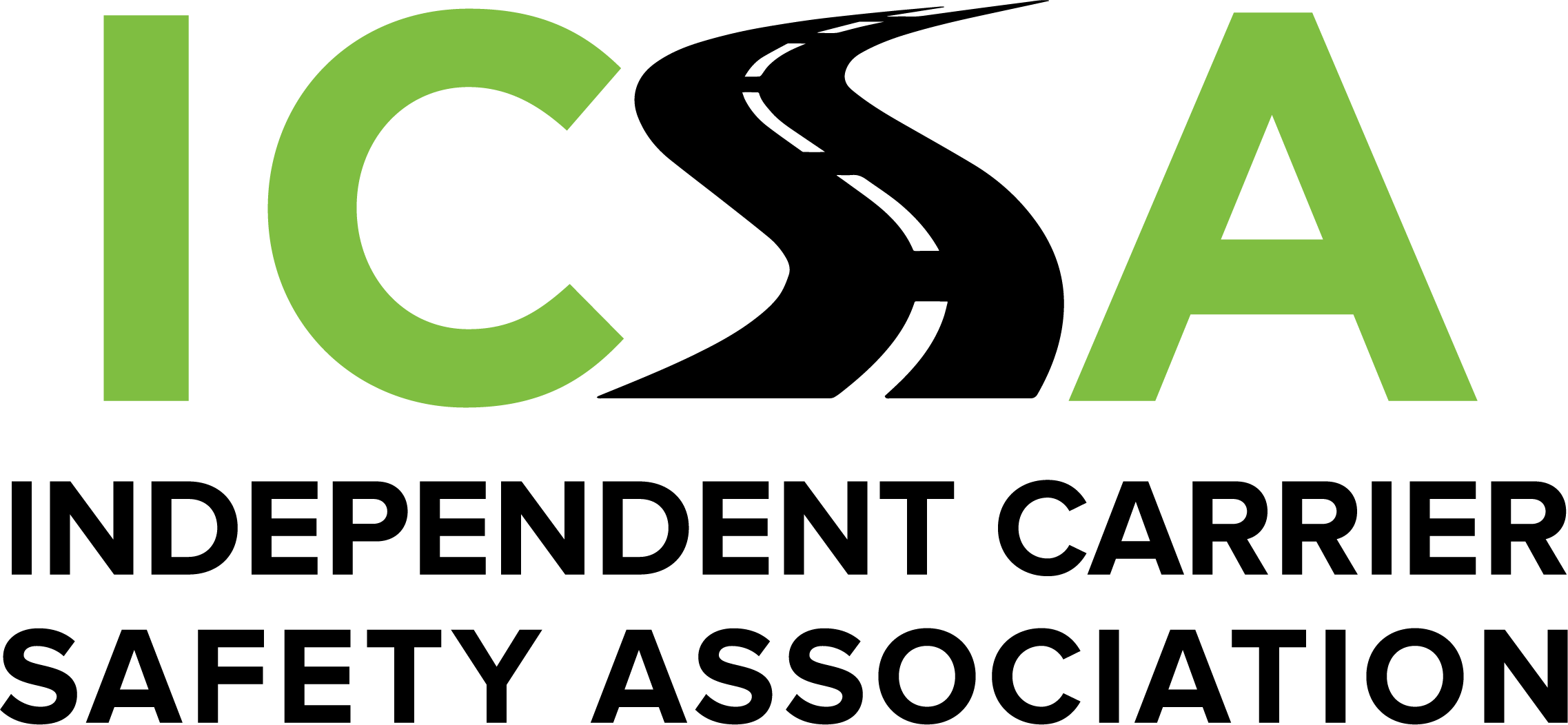Collisions between vehicles and wildlife are a big problem on U.S. roads. Each year, between one million and two million collisions with large animals occur, especially mule deer and white-tailed deer, resulting in 200+ fatalities, 26,000 injuries, and costs exceeding $1 billion. Crashes with deer are most likely to occur in the late fall, during breeding season and migration.
While a majority of these collisions are between passenger cars and animals, motorcycles - and far too many commercial vehicles - also are involved. Ironically, it’s not usually the collisions with animals that cause fatalities, but rather the failure of drivers to wear seat belts and cyclists to wear helmets. Sixty percent of driver or passenger fatalities in collisions with wildlife could have been prevented had seat belts been buckled. Many fatal accidents involved vehicles hitting animals and then running off the road and striking a fixed object, or worse yet, another vehicle on the other side of the road. These crashes occurred most frequently in rural areas, on roads with 55 mph or higher speed limits, at dawn or dusk, or in darkness.
There is no simple way to keep deer and other animals off roadways. Therefore, truck drivers need to be extremely cautious when traveling through areas with concentrated wildlife populations. Reducing speed at night, as well as during dawn or dusk, can prevent or significantly lessen the severity of colliding with a deer or elk. Driving too fast for conditions, overdriving headlights, and not being alert for the presence of animals are the preliminary mistakes linked to animal-related collisions. Hitting a deer with a moving truck can severely damage the vehicle and cargo and worse, result in injury or death. Never swerve to avoid a collision with an animal.
Drivers must keep alert and watch out for animals. Be mentally determined to brake but NOT swerve.
- The best way to prevent vehicle-animal collisions is to be vigilant at all times to the possible presence of animals.
- Be particularly cautious from dusk to dawn and in late fall.
- Never attempt to “swerve” a big rig to avoid a collision with an animal. The safest resort is to steer straight and brake.
- Slow down and use high beams when possible.
- If you see animals on or near the roadway, apply your horn in one long burst and apply your brakes with a firm grip on the wheel.
- Apply your 4-way flashers and alert other drivers.
Animals Don't Watch Out for You…So You Must Watch Out for Them!

Mike Hitchcock
Mike has an extensive, life-long background as a driver, a mechanic, and an independent owner/operator. Before joining ICSA, he spent 23 years at Knight Transportation, where Mike was promoted to Regional Safety Director, and ultimately to Corporate Director of Safety for all Knight companies. In 2008, Mike moved to Phoenix as Knight’s Director of Recruiting and Driver Development, where he enjoyed being part of Knight’s growth and steadily improving safety performance.
Mike's position as Safety Consultant at ICSA enables him to continue working to improve highway safety. Mike understands the trucking business from both a driver’s and a fleet’s perspective. He has experienced the challenges independent carriers face as they juggle profitability while minimizing the risks of accidents or legal challenges. Have operational or safety questions? Mike Hitchcock is your go-to.




